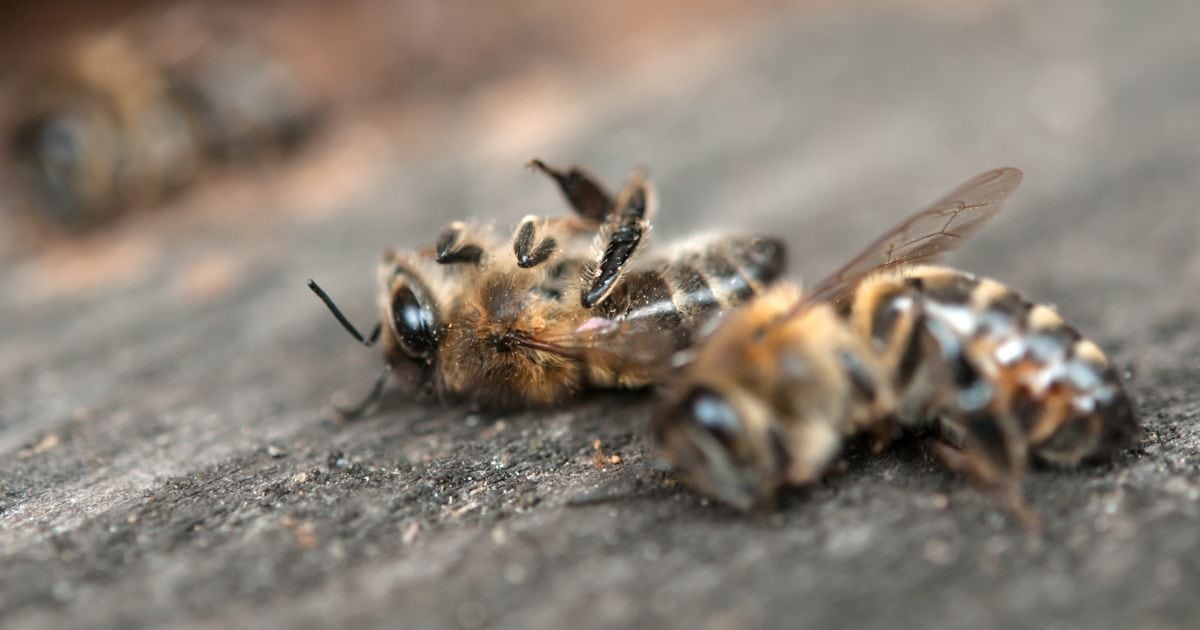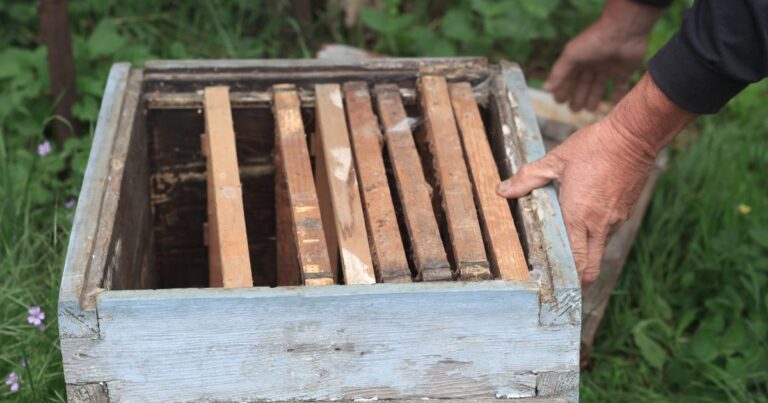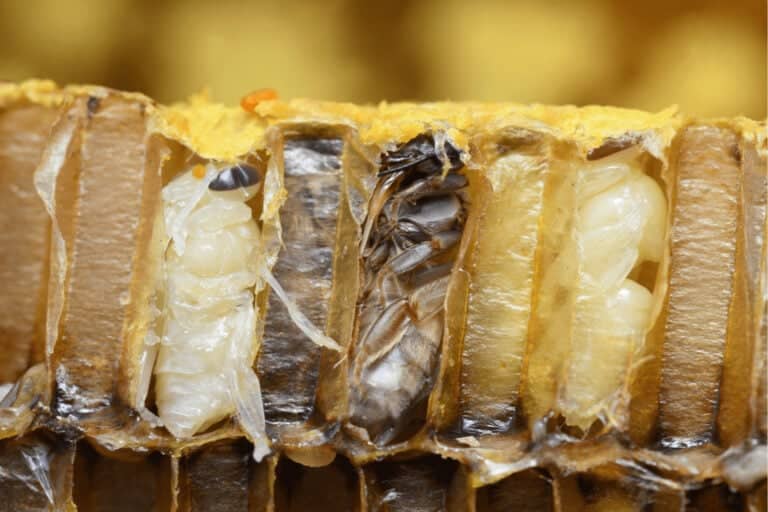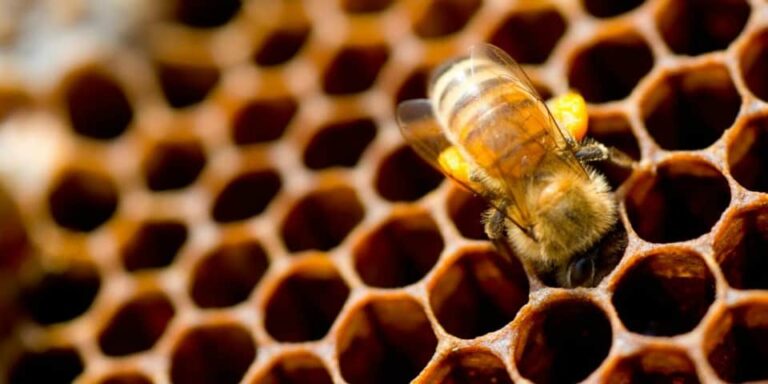Bees vs Big Business: The Insidious Threat Of Neonicotinoids Part 1
Neonicotinoids are a family of insecticides developed in the 1980s and 1990s. They quickly gained universal acceptance and became the most widely used pesticides in the world.

Neonicotinoids, or ‘neonics’, act by binding to receptors in the central nervous system of insects, eventually causing paralysis and death. The most common commercial preparations are imidacloprid, clothianidin and thiamethoxam.
They have low toxicity to mammals and birds due to physiological differences. This class of insecticides is particularly useful since most are water soluble and break down relatively slowly – giving lasting protection to crops.
They are effective against a variety of insect pests and are used as seed coatings or applied in solution to the soil or foliage.
A host of crops can benefit from the application of these insecticides, including corn, canola, soy, and many fruits vegetables, grains and nuts.
Big Business
It’s worthwhile considering a handful of rough figures in order to gain some understanding of the magnitude of the industry involved.
Global sales of neonicotinoids amounted to more than AUD2.2 billion in 2008, and in 2013 neonicotinoids were used to treat approximately 95% of corn and canola crops in the U.S.
Health Canada has estimated that for corn farmers, the use of neonicotinoids can deliver gains that in monetary terms equate to more than 3% of the value of their crop.
In 2013, the Humboldt Forum for Food and Agriculture released a report examining the probable effects of a complete ban on using neonicotinoids on the European economy and concluded that over a five-year period, this would result in losses totalling 27,000 jobs and AUD25 billion in revenue and write-offs.
Unfortunately, however, the report was financed by corporations that produce neonicotinoids, so no matter how objective and independent the research, it will always be tainted with the suspicion of a conflict of interest.
This has become a common criticism of some of the investigations conducted into the effects of neonicotinoids, and given the scale of the commercial enterprise involved, it is hardly surprising that manufacturers of insecticides and agricultural organisations would seek to protect their profits.
Collectively, these parties are capable of exercising powerful political influence that beekeepers and environmental groups will always struggle to match.
Concerns over the harmful environmental impacts of neonicotinoids (including an association with honey bee colony collapse disorder) began to surface by the late 1990s. In the early 2000s, dramatic increases in honey bee hive losses became apparent.
There is now a substantial body of evidence that links the usage of neonicotinoids with this phenomenon, and at the same time highlights flaws in the industry-sponsored science which proclaimed the safety of these insecticides.
Relatively low-level exposure to neonicotinoids (including residues in nectar and pollen) has been shown to increase honey bees’ susceptibility to viral infections, as well as reduce queens’ ability to effectively reproduce, and disrupt foraging activity.
The latter can result in failure to return to the hive, which is indicative of colony collapse disorder, and (along with a number of other factors) neonicotinoids continue to be implicated as a potential cause of this condition. The adverse effects of these insecticides upon bees are considerably increased when sprayed in windy, dry conditions.
Given that insects (including bees) are responsible for pollinating around 65% of all flowering plants, and that one-third of all food consumed by humans is pollinated by bees, why is there not yet a blanket ban on the use of neonicotinoids? This is undoubtedly due to the powerful political lobbying of parties with an interest in the continued use of these
insecticides, who have also embarked upon a campaign of misinformation. In addition, the likelihood of negative economic impacts has rendered governments reluctant to act decisively, although it is now apparent that a lack of action may well result in more serious consequences.
In part two, we will examine the impact of neonicotinoids in Australia, together with current restrictions around the globe, and recent developments.





